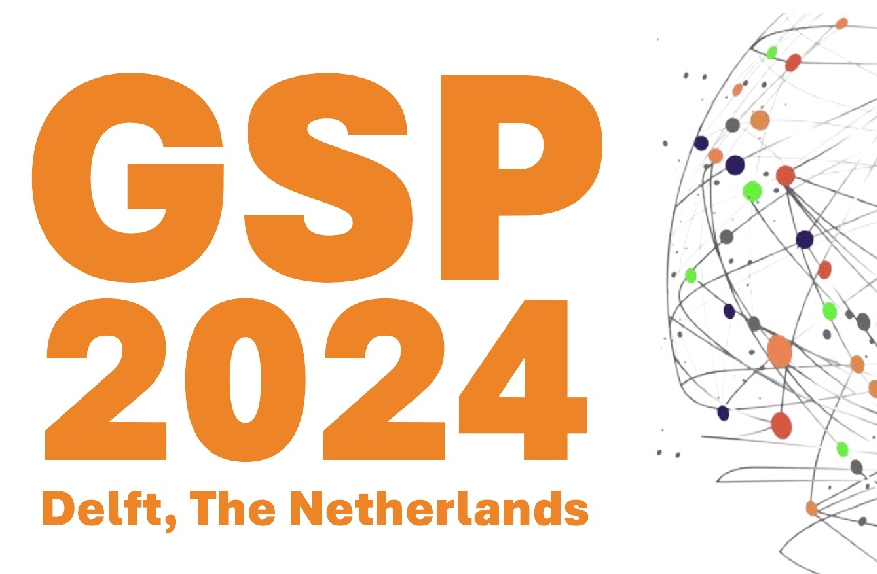Introduction
Presentations
 This link
will direct you to some slide presentations which are used to
introduce the group to starting MSc students.
This link
will direct you to some slide presentations which are used to
introduce the group to starting MSc students.
Also have a look at the IEEE Signal Processing Society youtube video channel for more general information on signal processing.
Signal processing theory includes array signal processing, estimation and detection, sampling theory, graph signal processing, convex optimization, distributed processing, machine learning and tensor analysis. We also cover electromagnetics theory. Regarding high-level system design, we have a specific focus on spiking neural network platforms.
Application areas include audio and acoustics, wireless communication, radio astronomy systems, distributed sensing from space, biomedical signal and image processing (MRI, ultrasound, ECG), image and video analysis, and computational platforms for autonomous driving (e.g., radar sensor fusion).
The main goal in our research program is to provide a sound mathematical framework for the analysis and synthesis of problems in the complete trajectory of problem analysis, signal processing model, algorithm design, mapping to a digital hardware architecture or embedded system, and including system engineering.

Research highlights
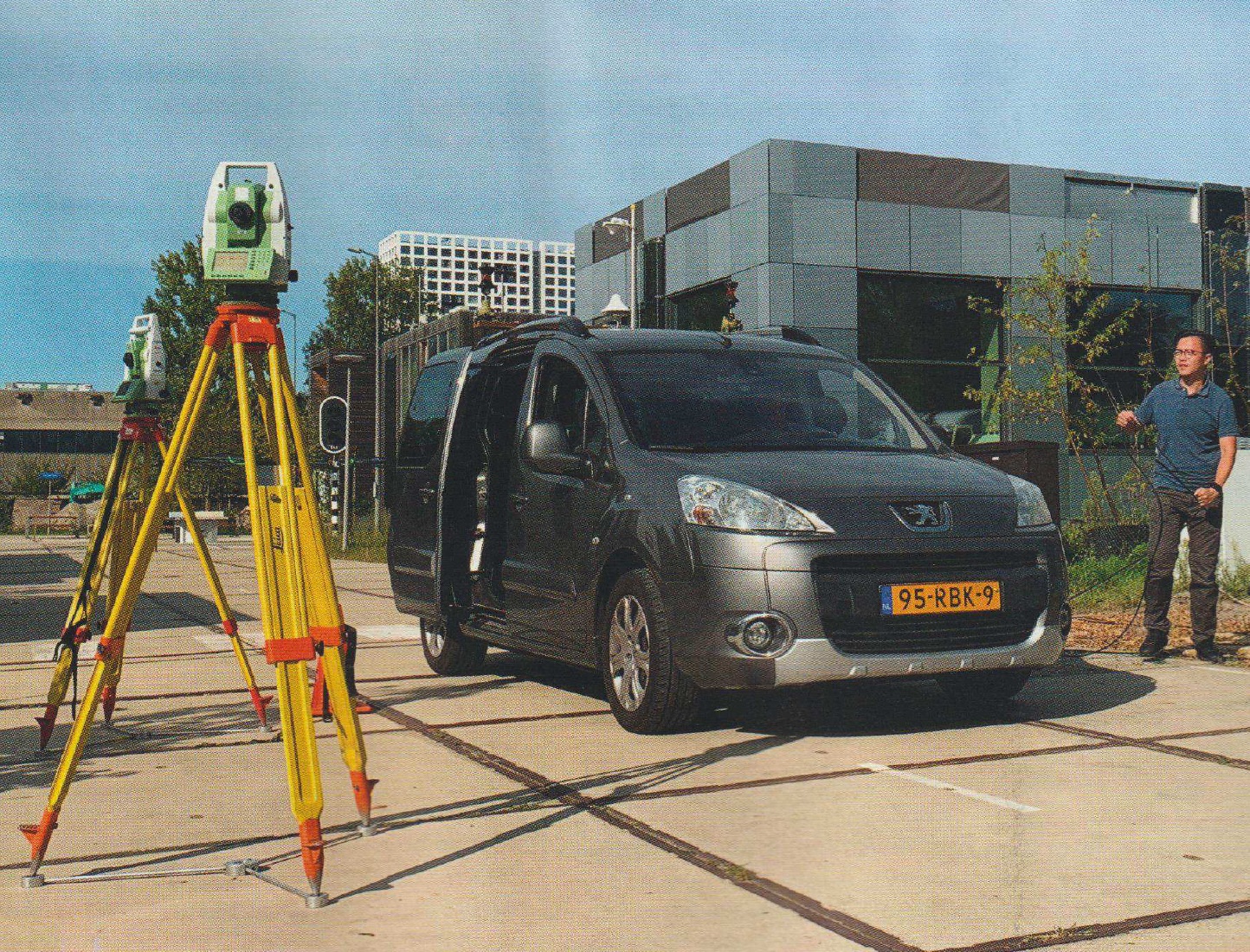
For autonomous driving, GPS is probably not sufficiently accurate or reliable. The SuperGPS project aims to demonstrate a road-side solution that can achieve cm resolution. Here is a 2020 magazine article about it. The project published a Nature paper in Nov. 2022, which was also covered by IEEE Spectrum.
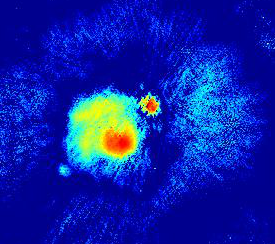
Radio astronomy is an interesting application area for array signal processing. We developed a new image formation tool called PRIFIRA, inspired by Sparse Bayesian Learning.
This simple piece of plastic makes 3D ultrasound easy: read more
The SPS group participates in four MSc tracks in Electrical Engineering: MSc Telecommunication and Sensing Systems, MSc Signals and Systems, MSc Microelectronics, MSc Computer Engineering. We also take students from MSc Biomedical Engineering.

SPS consists of 9 professors and about 40 researchers.
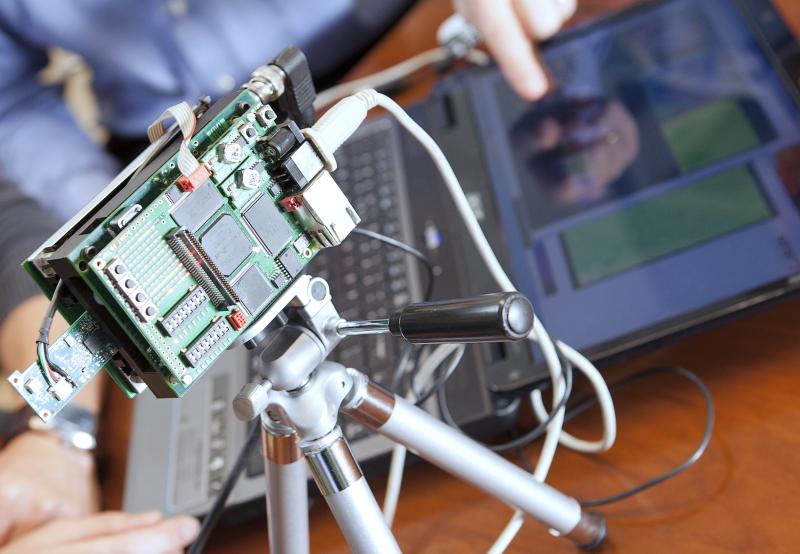

Agenda
- Tue, 30 Apr 2024
- 10:00
- HB18.090
MSc SPS Thesis presentation
Wim Kok
A SystemC SNN model for power trace generation
- Mon, 6 May 2024
- 12:30
- Aula Senaatszaal
PhD Thesis Defence
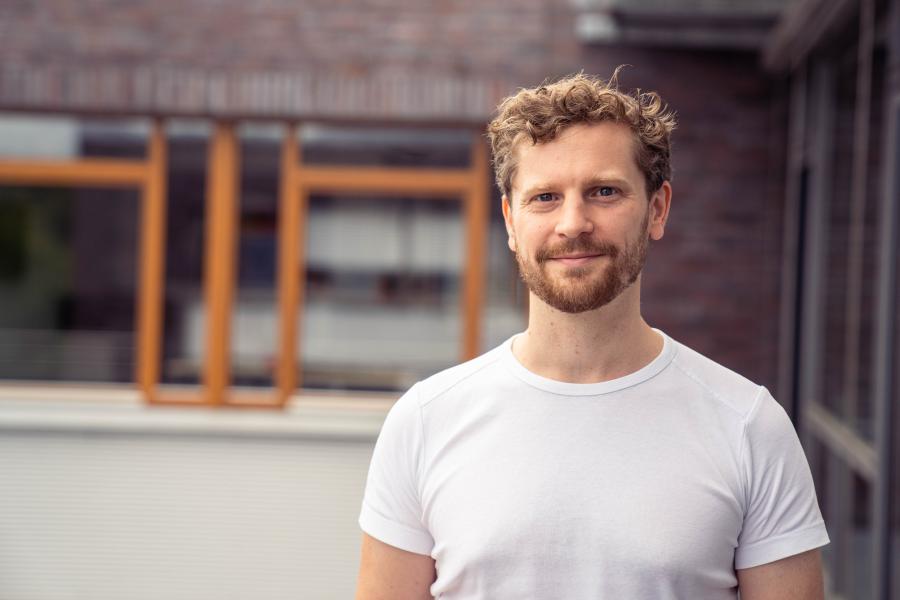
Christoph Manss
Multi-agent exploration under sparsity constraints
- Tue, 21 May 2024
- 10:00
- Aula Senaatszaal
PhD Thesis Defence
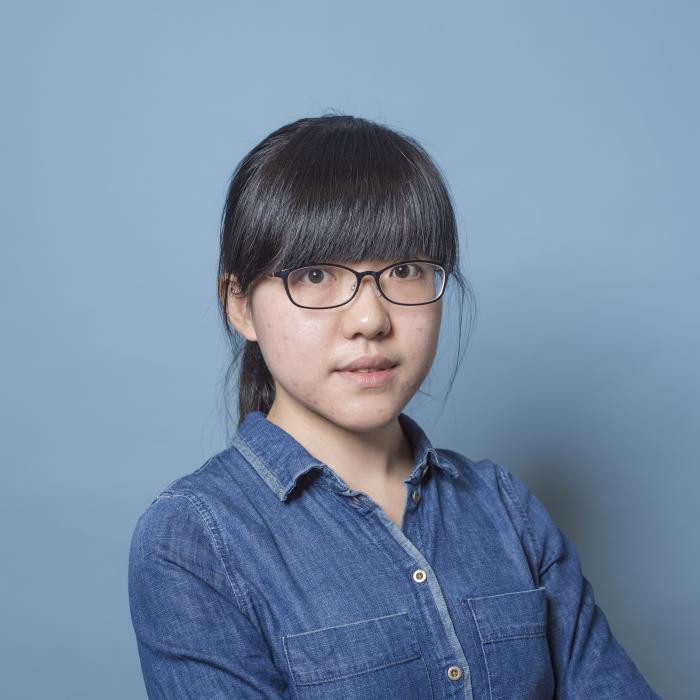
Wangyang Yu
- 27 -- 28 May 2024
- Aula, TU Delft
Conferences

44th Benelux Symposium on Information Theory and Signal Processing (SITB'24, Delft)
- Tue, 18 Jun 2024
- 15:00
- Aula Senaatszaal
PhD Thesis Defence
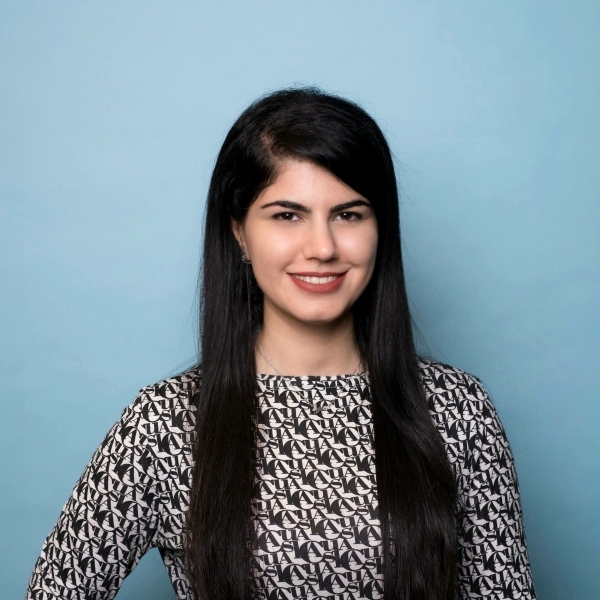
Hanie Moghaddasi
Model-based feature engineering of atrial fibrillation
- Mon, 24 Jun 2024
- Aula, TU Delft
Conferences
